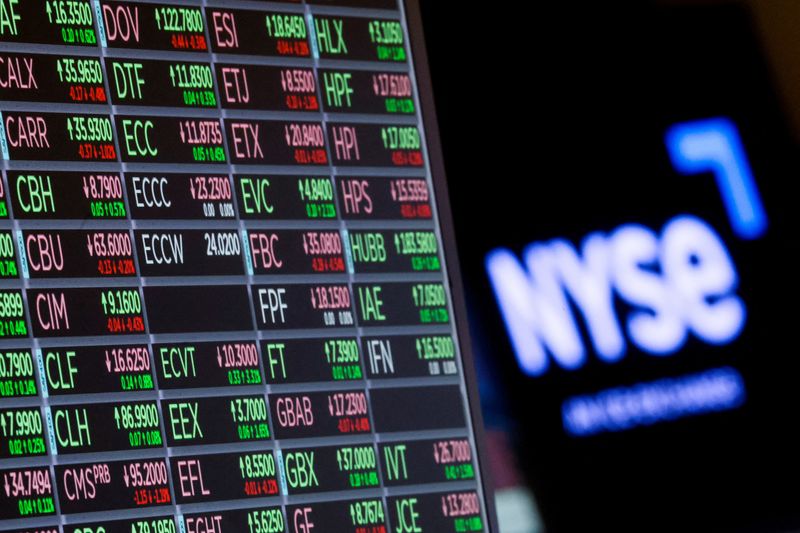This post was originally published on this site

Investing.com – In 2022, we have witnessed radical changes in every respect: from the Russian invasion of Ukraine to 1970s-style inflation through the rapid cycle of rate hikes by central banks.
But the agility required to navigate markets over these months will remain important in 2023. Indeed, investors will have to continue to search for the balance between new opportunities and risks related to the transition process of the global economy.
Here’s an analysis by Union Bancaire Privée, in which experts from the Swiss private bank explain how to best position themselves for 2023 and what risks will fall on investors who, according to UBP, “must continue to rely on active and dynamic risk management.”
Economy
The growth phase of the cycle has come to an abrupt halt due to the restrictive monetary policies adopted to combat persistent inflation and the energy crisis gripping economies along with heightened geopolitical risks induced by the war between Russia and Ukraine.
In 2023, weak global economic growth of 2 to 2.5% is expected after 3% in 2022 with developed economies on the brink of recession, while the recovery in Asia should be confirmed and China is likely to overcome the obstacles that emerged in 2022.
In Europe, price increases and possible gas rationing will weigh on consumption, and energy-saving measures will have a negative impact on manufacturing output.
In the United States, a sharp contraction in consumption and real estate induced by rising interest rates is expected, while manufacturing will face continued cost increases and may be affected by modest growth in global trade.
A gradual loosening of the grip of inflation is expected, especially in the United States. In 2023, it may remain above the 2% target set by developed countries’ central banks, although a more favorable trend is expected. Inflation in emerging countries is also expected to decline, although it continues to depend on commodity and food prices.
Fixed income
Bond markets will close out 2022 with the heaviest losses in 50 years; U.S. bonds have erased the total return accumulated since 2017 and reversed the downward trend in yields that began with the outbreak of the global financial crisis in 2008.
If rate risk was the main drag on yields in 2022, we expect the biggest risks in 2023 to be deteriorating credit quality and widening spread.
However, falling inflation expectations and high coupons in absolute terms offer bond investors a favorable basis for decent returns in fixed income in 2023, while the acceleration of the default cycle should create opportunities for distressed debt.
Proactive bond selection, a key driver of performance in normal cyclical downturns, will be even more important in 2023 for the Eurozone, which is undergoing a transformation phase.
Equity
Since 1900, episodes of high inflation have challenged investors. Lessons learned from past events have shown that investment strategies designed to exploit cyclical inflation spikes, aimed at reallocating spending within the economy and geared toward income, have supported total returns.
Faced with inflation in Western economies reaching levels not seen in a generation, investors can look back to the past to integrate different investment strategies to cope with the new regime of high prices.
These strategies involve considering high but declining inflation as a tactical opportunity, focusing on the gains resulting from the forced reallocation of spending and targeting dividends and income as key drivers of total returns.
China
The sharp slowdown of China’s economy in 2022 is due to the “dynamic zero COVID” strategy that has caused a persistent weakening of domestic consumption, an increase in unemployment to 5.5%, and a 30% contraction of the housing sector.
Now investors need to adopt a new paradigm in China focused not only on future cyclical prospects, but also on changing corporate governance and the geopolitical landscape. Indeed, if cyclical factors evolve in China’s favor, the reshaping of global supply chains and the geopolitical order look set to pose new obstacles for those who want to invest in the country.
The passage of the U.S. CHIPS Act, which seeks to curb China’s ambitions in high-tech sectors, probably represents the first attack launched in this phase of intensifying rivalry between the world’s largest economies.

